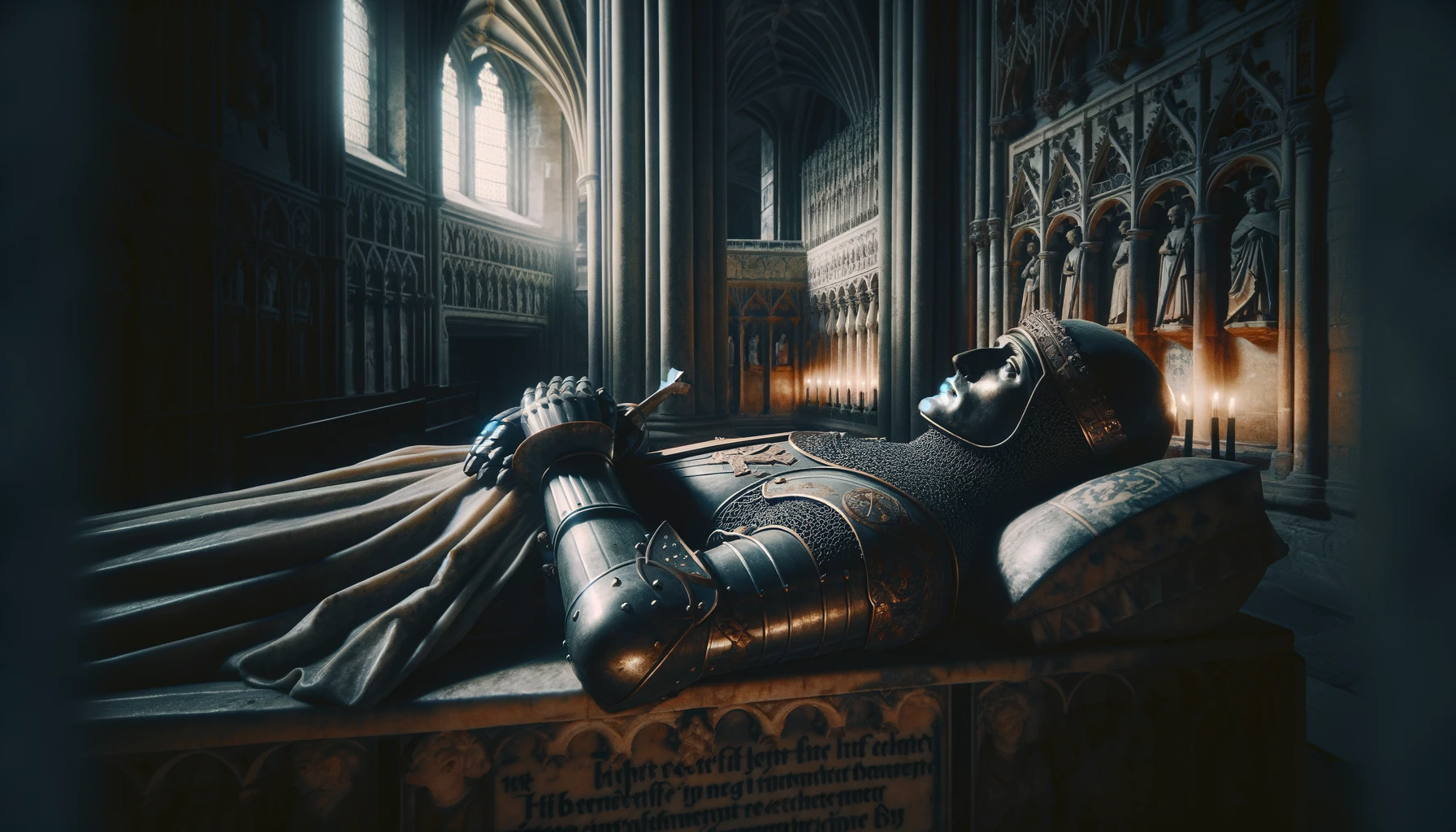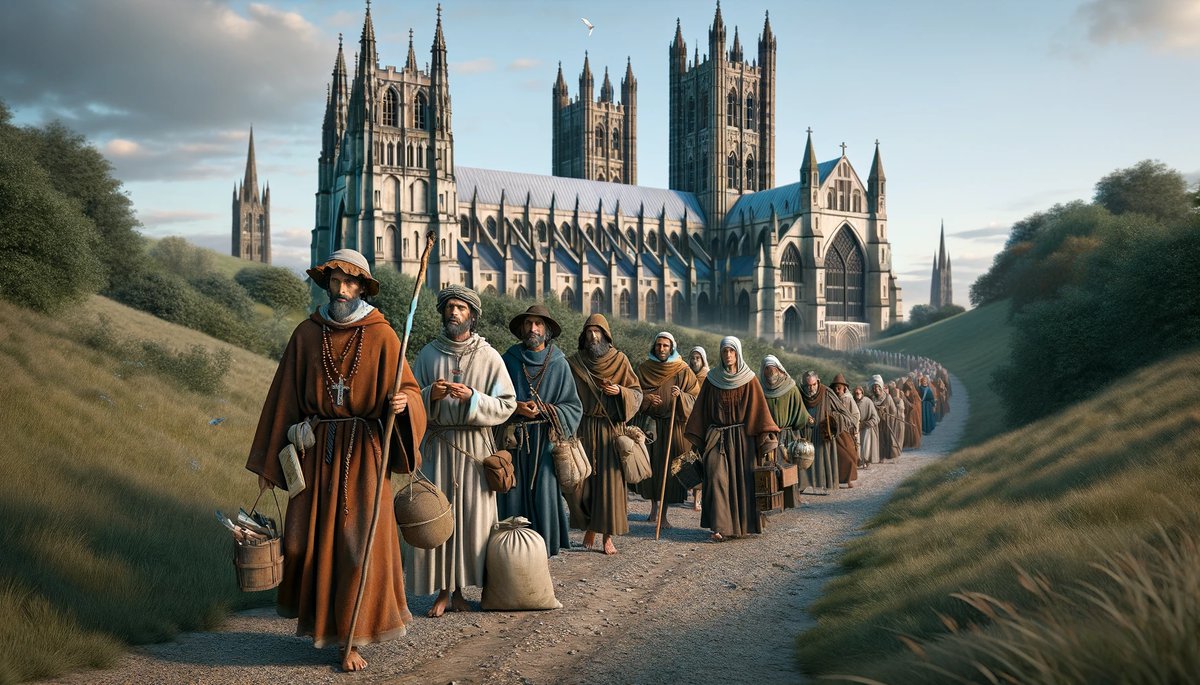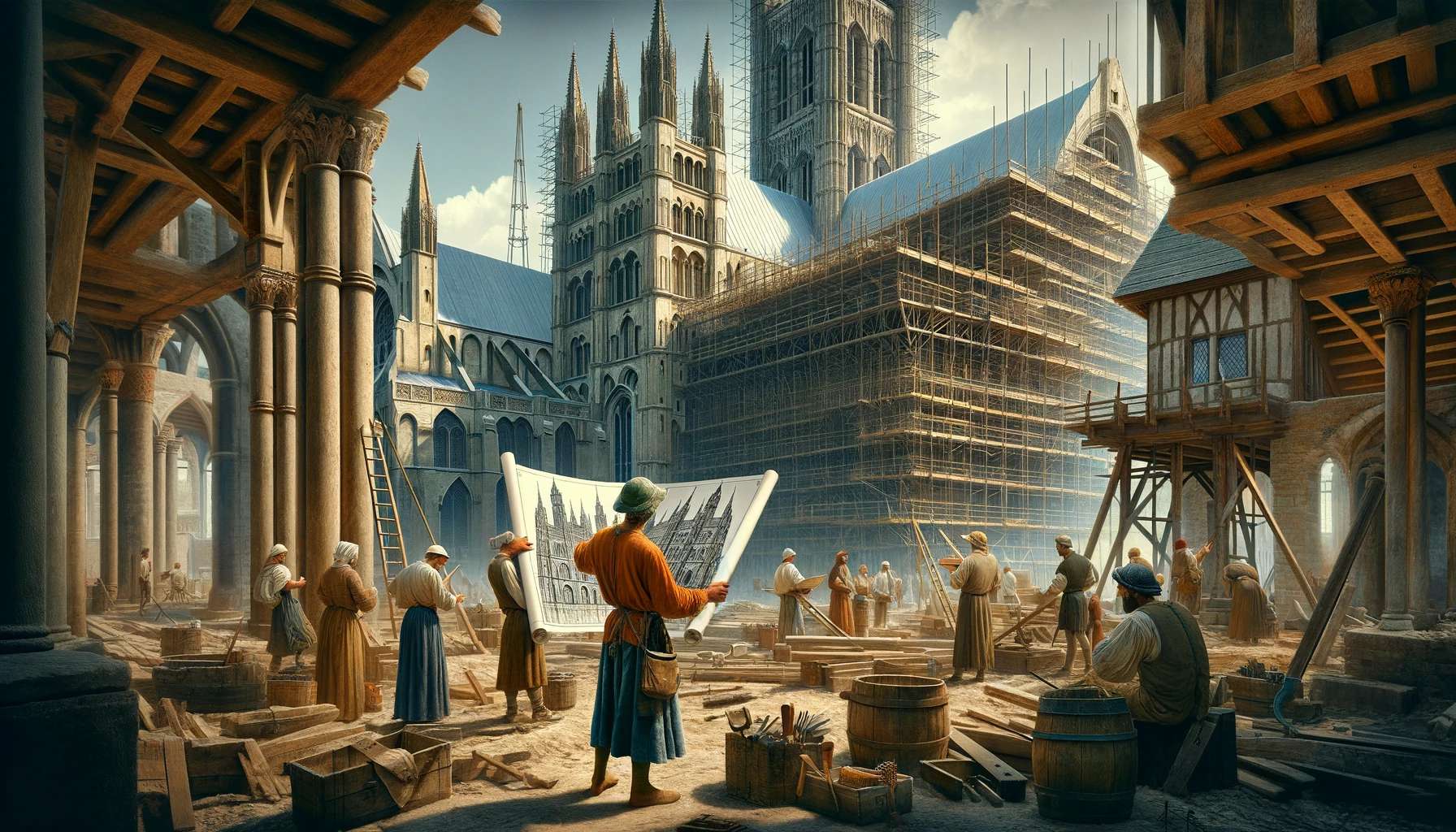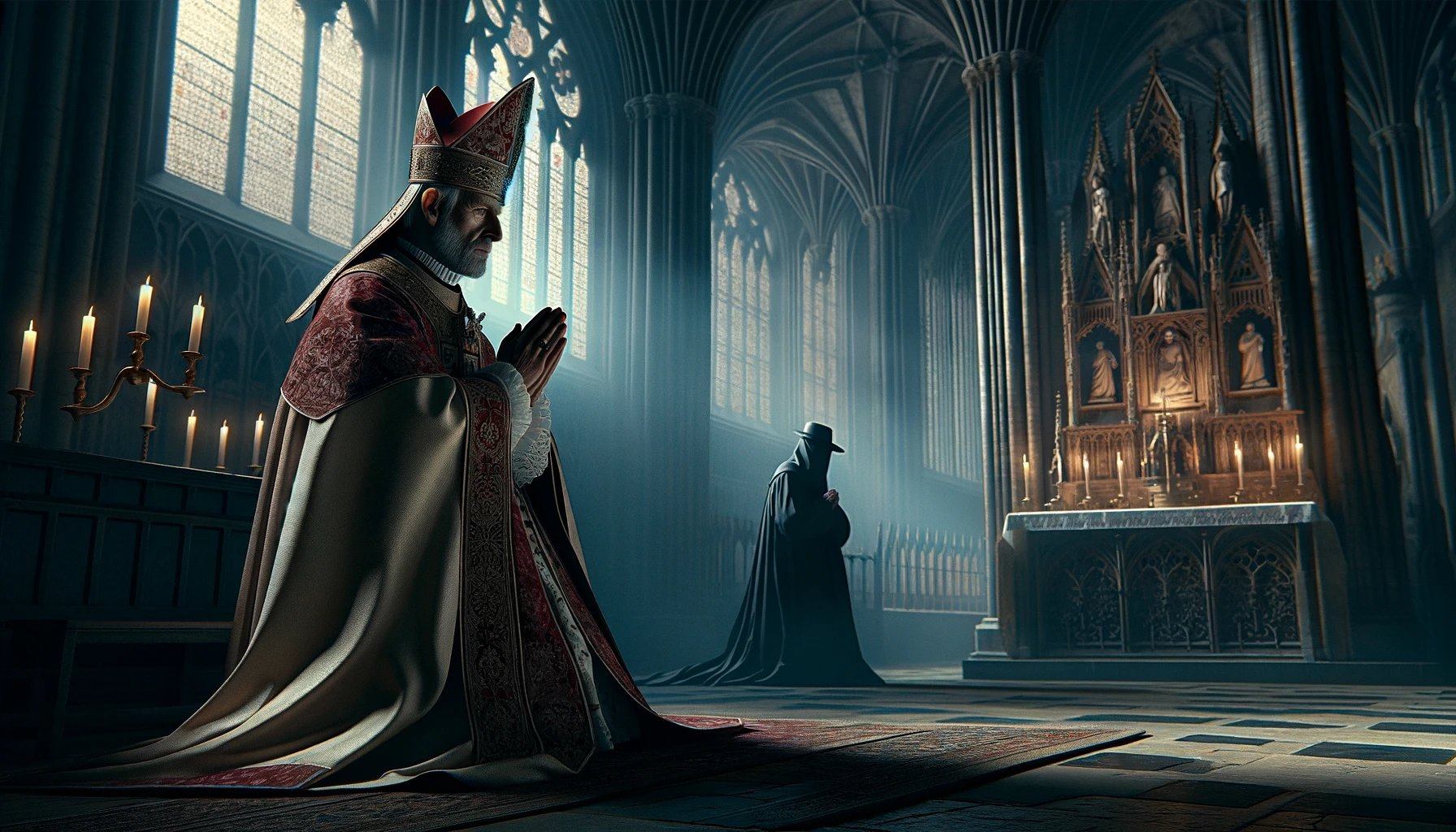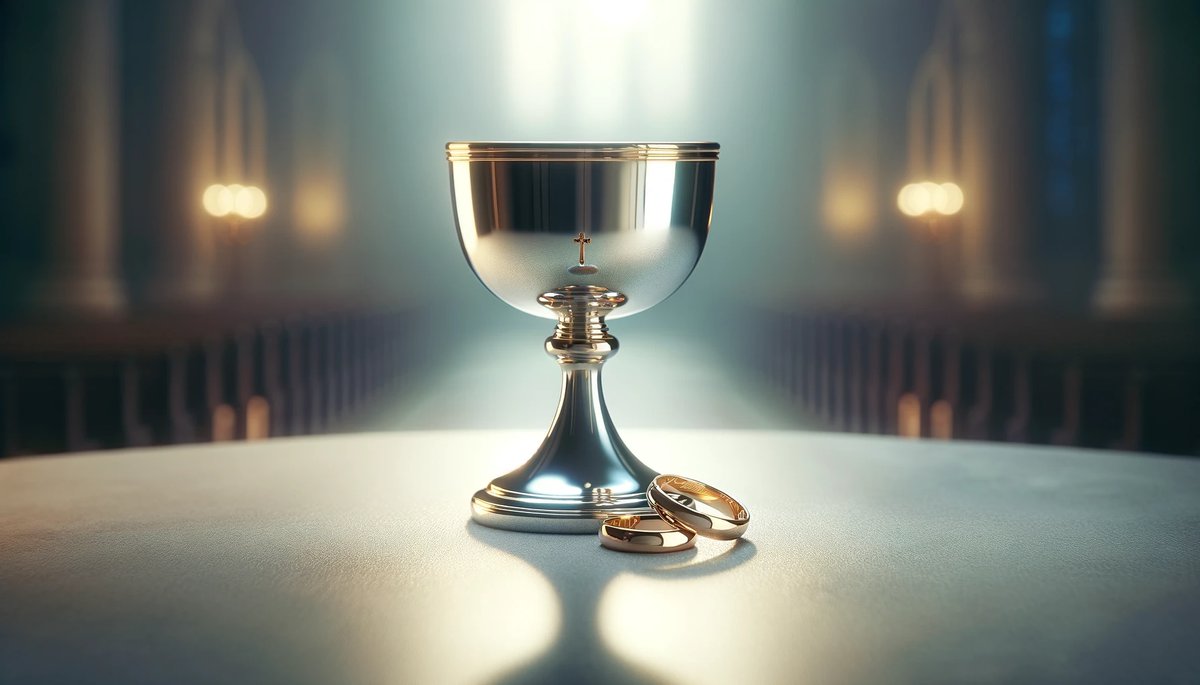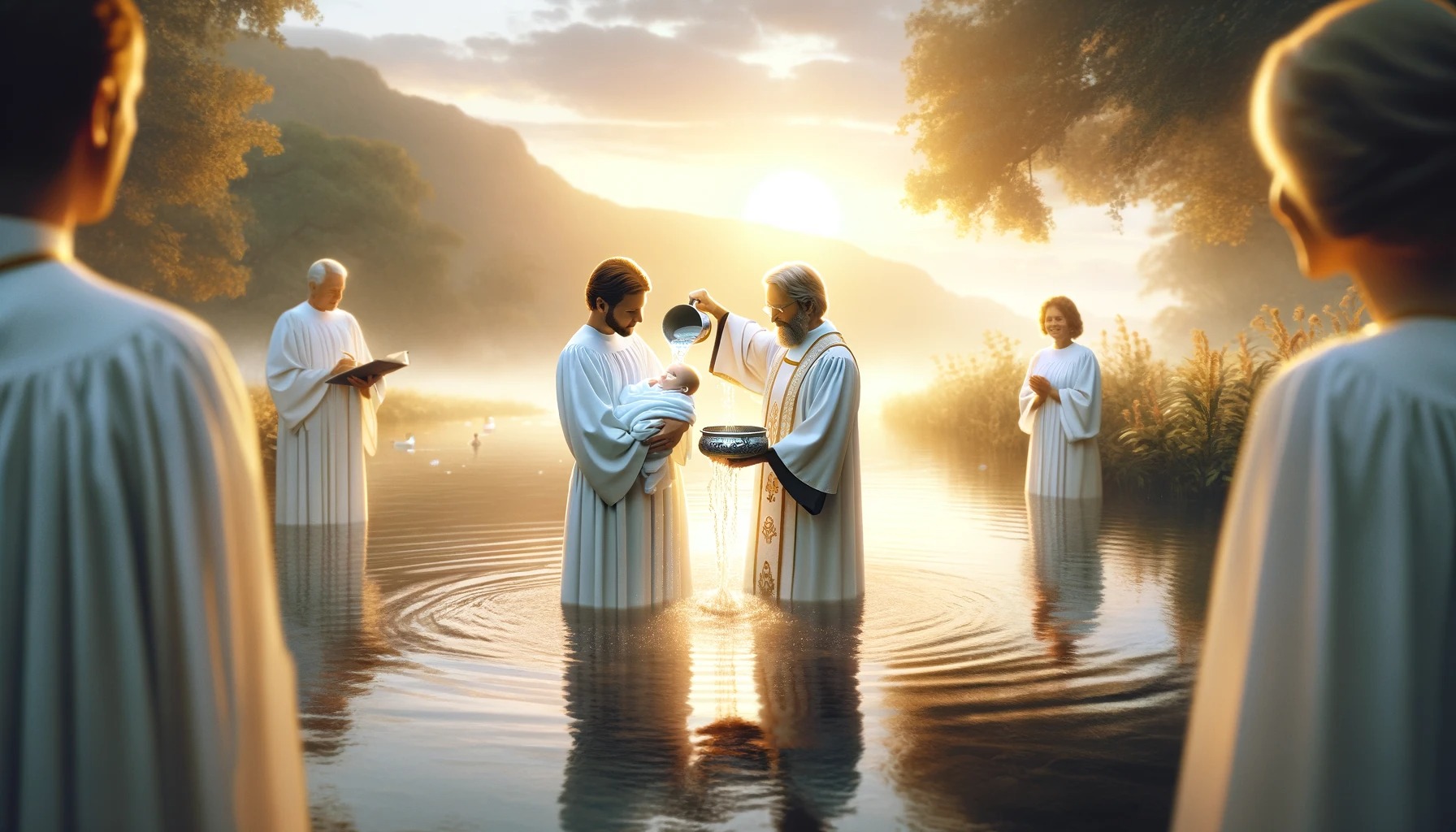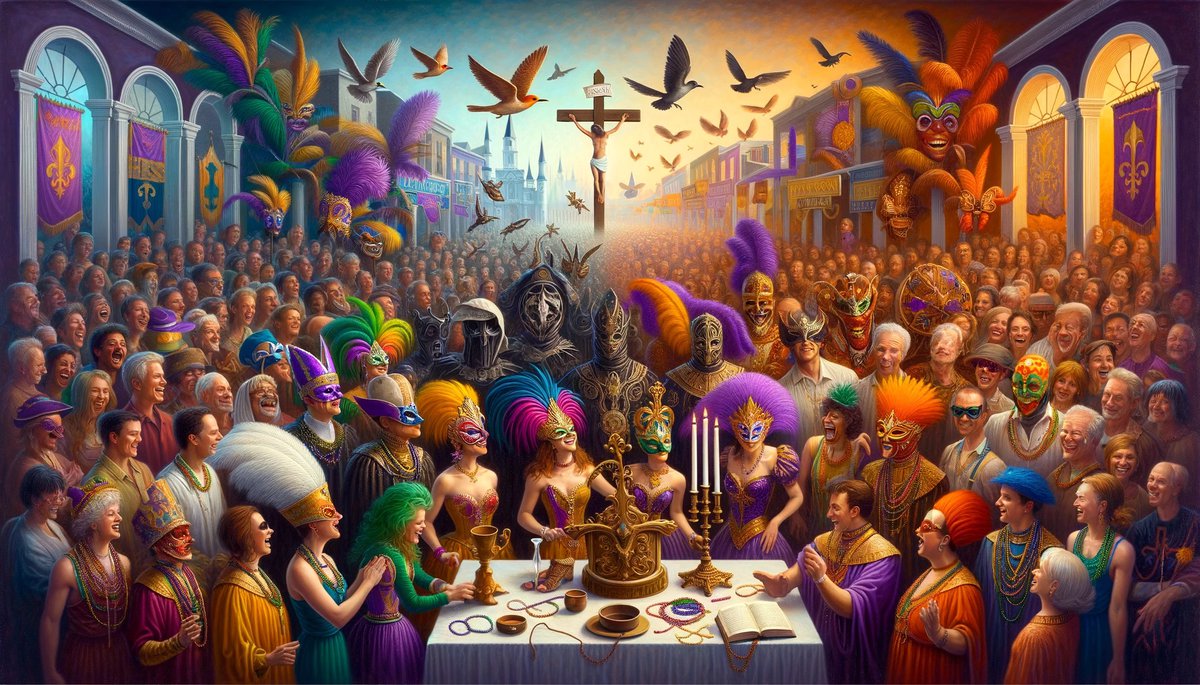Home>Arts and Culture>How Is Canterbury Cathedral Related To The Story Of Thomas À Becket?
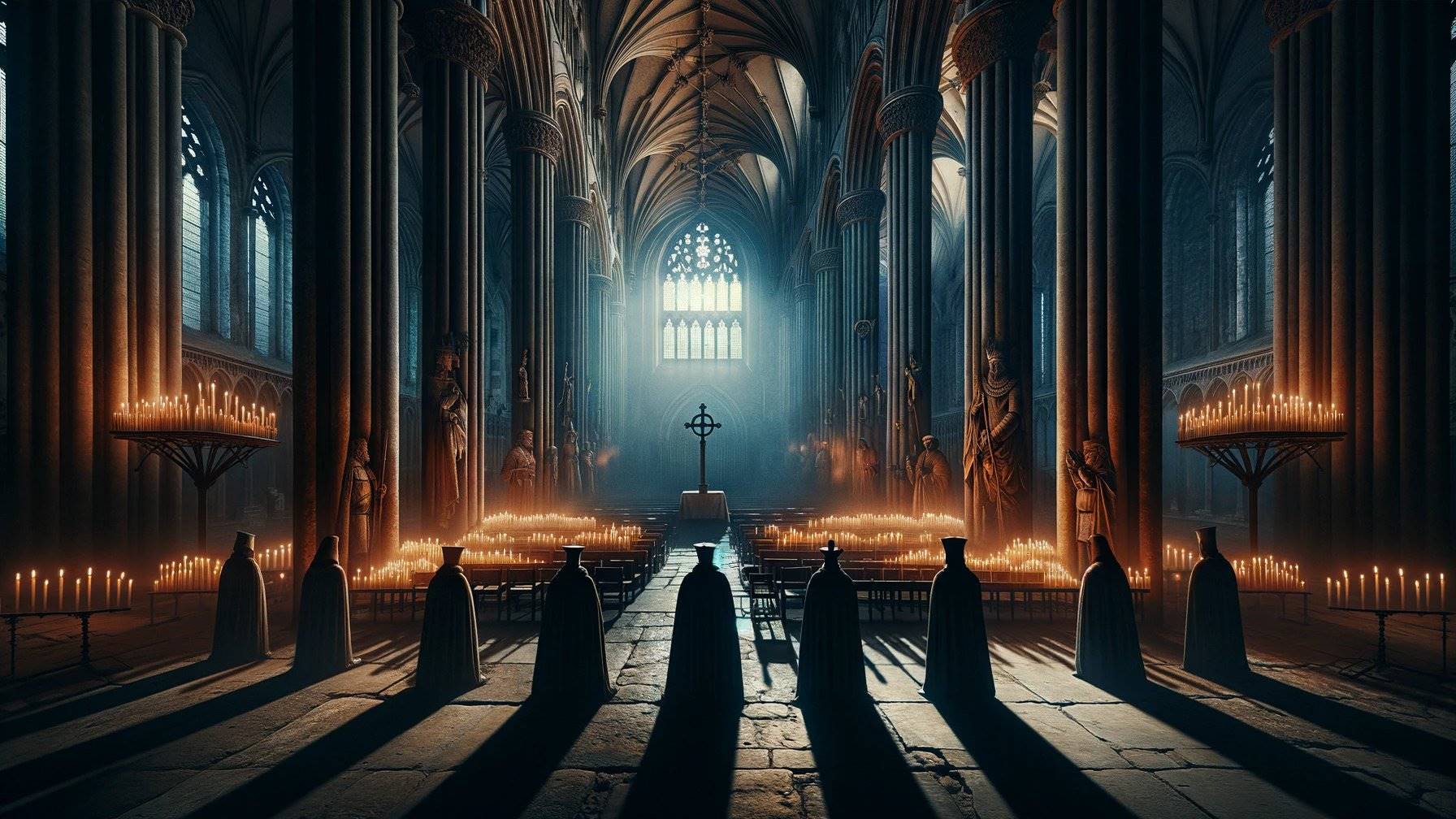

Arts and Culture
How Is Canterbury Cathedral Related To The Story Of Thomas À Becket?
Published: February 16, 2024
Ericka Andersen, an editor at Christian.net, expertly merges digital strategy with content creation, focusing on faith and societal issues. Her communication skills enhance the platform's engaging narratives, fostering meaningful dialogue on belief's impact on society.
Discover the connection between Canterbury Cathedral and the compelling story of Thomas à Becket in this exploration of arts and culture. Uncover the historical significance and impact of this iconic landmark.
(Many of the links in this article redirect to a specific reviewed product. Your purchase of these products through affiliate links helps to generate commission for Christian.net, at no extra cost. Learn more)
Table of Contents
Introduction
The story of Thomas à Becket, the Archbishop of Canterbury in the 12th century, is deeply intertwined with the history of Canterbury Cathedral. This historic landmark, located in the heart of Canterbury, Kent, England, holds a significant place in the collective memory of Christianity and British history. The compelling narrative of Thomas à Becket's life, his clash with the monarchy, and the enduring legacy of his martyrdom have made Canterbury Cathedral a focal point for pilgrims, historians, and art enthusiasts alike.
The tale of Thomas à Becket is one of power, faith, and tragedy, and it continues to captivate the imagination of people around the world. As we delve into the intricate web of events that unfolded centuries ago, we will uncover the profound connection between Canterbury Cathedral and the enduring legacy of Thomas à Becket. This exploration will shed light on the pivotal role played by the cathedral in preserving the memory of this revered figure and the impact of his legacy on the cultural and religious landscape of England.
Read more: Where Is Canterbury Cathedral
Early Life of Thomas à Becket
Thomas à Becket, also known as Saint Thomas of Canterbury, was born into a prosperous London merchant family around 1119 or 1120. His father, Gilbert, was a successful businessman, and his mother, Matilda, hailed from a noble Norman family. From an early age, Thomas displayed intelligence, charm, and a keen interest in the arts and literature. His parents recognized his potential and provided him with a quality education, ensuring that he received the best tutelage in Latin and the liberal arts.
In his youth, Thomas embarked on a journey of intellectual and personal growth, eventually securing a position as a clerk in the household of Theobald of Bec, the Archbishop of Canterbury. Under Theobald's guidance, Thomas honed his skills and gained a deep understanding of ecclesiastical affairs and the intricacies of church governance. This formative period in his life laid the foundation for his future endeavors and set him on a path that would intersect with the highest echelons of power in England.
Thomas's early experiences in the ecclesiastical realm not only shaped his intellectual acumen but also exposed him to the complexities of church-state relations. His time in the Archbishop's service provided him with a firsthand view of the political machinations and power struggles that characterized the medieval church and state dynamics. These experiences would prove instrumental in shaping his worldview and influencing his actions in the years to come.
As Thomas matured, his talents and dedication did not go unnoticed. His exceptional abilities and unwavering commitment to his duties earned him the favor of Theobald, who recognized his potential and facilitated his rise through the ranks of the church hierarchy. This pivotal phase in Thomas's life marked the beginning of his ascent to prominence within the ecclesiastical establishment, setting the stage for the remarkable trajectory that would lead him to the highest office in the English church.
The formative years of Thomas à Becket's life not only laid the groundwork for his future role as Archbishop of Canterbury but also provided him with a nuanced understanding of the intricate interplay between religion, politics, and power. These early experiences would profoundly influence his actions and decisions in the tumultuous years that lay ahead, ultimately shaping the course of his life and leaving an indelible mark on the history of Canterbury Cathedral.
Appointment as Archbishop of Canterbury
Thomas à Becket's journey to the pinnacle of ecclesiastical power culminated in his appointment as the Archbishop of Canterbury, a pivotal moment that would forever alter the course of his life and leave an indelible mark on the history of Canterbury Cathedral. In 1162, King Henry II, recognizing Thomas's administrative prowess and unwavering loyalty, elevated him to the esteemed position of Archbishop of Canterbury, the highest ecclesiastical office in England.
The appointment of Thomas à Becket as Archbishop of Canterbury marked a significant departure from his previous role as a trusted confidant and chancellor to the king. His newfound position thrust him into the center of the religious and political maelstrom that defined the era, placing him at the nexus of power and influence in medieval England. As the Archbishop, Thomas assumed a dual role, wielding spiritual authority as the leader of the English church while navigating the intricate web of secular politics and royal expectations.
Thomas's ascension to the archiepiscopal throne heralded a period of profound transformation, both for himself and for the ecclesiastical landscape of England. His unwavering commitment to upholding the rights and privileges of the church, coupled with his fervent defense of ecclesiastical independence, set the stage for a dramatic clash with the crown and laid the groundwork for the tumultuous events that would unfold in the years to come.
The appointment of Thomas à Becket as Archbishop of Canterbury not only elevated him to a position of unparalleled authority within the church but also set the stage for a monumental confrontation with King Henry II, a clash that would reverberate through the annals of history and forever alter the destiny of Canterbury Cathedral. As we delve deeper into the intricacies of this pivotal period, we begin to unravel the complex tapestry of power, ambition, and faith that defined the relationship between Thomas à Becket and the monarchy, ultimately leading to a fateful and tragic culmination at the heart of Canterbury Cathedral.
Conflict with King Henry II
The conflict between Thomas à Becket and King Henry II unfolded against the backdrop of competing interests, clashing ambitions, and the enduring struggle for supremacy between church and state. As Archbishop of Canterbury, Thomas found himself at the epicenter of a power struggle that pitted the ecclesiastical establishment against the crown, setting the stage for a dramatic showdown that would reverberate through the corridors of history.
At the heart of the conflict lay the issue of ecclesiastical autonomy and the extent of royal authority over church affairs. King Henry II, a shrewd and assertive monarch, sought to exert control over the clergy and bring them under the jurisdiction of secular courts, a move that encroached upon the traditional privileges and immunities enjoyed by the church. Thomas, steadfast in his commitment to upholding the independence of the church, vehemently opposed the king's encroachments, setting the stage for a protracted and bitter confrontation.
The clash between Thomas and Henry reached a boiling point with the passage of the Constitutions of Clarendon in 1164, a set of laws aimed at curtailing the ecclesiastical courts' autonomy and asserting royal authority over church matters. Thomas, recognizing the far-reaching implications of these measures, staunchly resisted their implementation, drawing the ire of the king and setting the stage for a rupture that would have profound repercussions.
The escalating tensions between Thomas and Henry culminated in a series of confrontations, excommunications, and political maneuverings, as both sides sought to assert their authority and safeguard their respective spheres of influence. The rift between the Archbishop and the monarch deepened, plunging England into a state of turmoil and uncertainty, as the specter of open conflict loomed on the horizon.
The conflict between Thomas à Becket and King Henry II stands as a testament to the enduring struggle for power and autonomy that has characterized the relationship between church and state throughout history. Their clash, rooted in divergent visions of authority and jurisdiction, would ultimately lead to a tragic and fateful turn of events, forever altering the course of Thomas's life and leaving an indelible mark on the history of Canterbury Cathedral.
Murder of Thomas à Becket
The simmering conflict between Thomas à Becket and King Henry II reached a harrowing crescendo on December 29, 1170, within the hallowed confines of Canterbury Cathedral. The events that transpired on that fateful day would etch an indelible mark on the annals of history and forever intertwine the fate of Thomas à Becket with the sacred precincts of the cathedral.
Amidst the backdrop of ecclesiastical discord and royal animosity, a group of knights, goaded by the inflammatory rhetoric of the king, embarked on a fateful journey to Canterbury. Their ominous arrival at the cathedral signaled the onset of a tragic denouement, as they sought to confront Thomas and bring an end to the protracted standoff that had engulfed the realm.
The chilling echoes of their footsteps reverberated through the hallowed halls of the cathedral as they made their way to confront the Archbishop. In a brazen display of audacity, the knights accosted Thomas within the sanctuary of the cathedral, unleashing a torrent of violence that shattered the tranquility of the sacred space.
The brutal and merciless assault that ensued culminated in the savage murder of Thomas à Becket, as the blades of the assailants rent the air with a chilling finality. The Archbishop, a symbol of ecclesiastical defiance and unwavering conviction, fell victim to the ruthless onslaught, his lifeblood mingling with the sacred stones of the cathedral he had sworn to protect.
The murder of Thomas à Becket sent shockwaves across Christendom, eliciting a profound outpouring of grief and outrage. The heinous act, perpetrated within the sanctified confines of Canterbury Cathedral, reverberated through the collective consciousness of the medieval world, casting a pall of sorrow and indignation over the realm.
The tragic demise of Thomas à Becket within the precincts of Canterbury Cathedral transformed him into a martyr and a symbol of unwavering devotion to the church. His blood, shed in defense of ecclesiastical autonomy, sanctified the sacred space of the cathedral, imbuing it with a potent aura of martyrdom and sanctity.
The murder of Thomas à Becket stands as a poignant testament to the enduring struggle for power, principle, and the sanctity of sacred spaces. The echoes of that fateful day continue to resonate through the corridors of time, enshrining the memory of Thomas à Becket within the sacred precincts of Canterbury Cathedral, where his spirit endures as a timeless guardian of faith and defiance.
Canterbury Cathedral as a Pilgrimage Site
Canterbury Cathedral, with its soaring spires and rich architectural grandeur, has long beckoned pilgrims from far and wide, drawing them into its sacred embrace as a testament to the enduring legacy of Thomas à Becket. The cathedral, a hallowed edifice steeped in centuries of history and spiritual resonance, stands as a beacon of pilgrimage, inviting the faithful and the curious to embark on a transformative journey of reverence and contemplation.
For centuries, Canterbury Cathedral has served as a revered pilgrimage site, attracting pilgrims seeking solace, redemption, and spiritual communion. The allure of the cathedral lies not only in its architectural splendor but also in the profound significance it holds as the site of Thomas à Becket's martyrdom. The blood-stained stones of the cathedral, sanctified by the sacrifice of the Archbishop, serve as a poignant reminder of the enduring power of faith and the indomitable spirit of martyrdom.
Pilgrims, drawn by the magnetic pull of the cathedral's sacred aura, traverse great distances to pay homage to the memory of Thomas à Becket and to partake in the timeless rituals of veneration and supplication. The pilgrimage to Canterbury Cathedral represents a profound odyssey of spiritual introspection and renewal, as pilgrims immerse themselves in the hallowed environs of the cathedral, seeking solace and enlightenment amidst the echoes of centuries past.
The pilgrimage experience encompasses a tapestry of rituals, from the solemn processions through the cathedral's cloisters to the reverent contemplation of the shrine of Thomas à Becket. The cathedral's sacred precincts resonate with the fervent prayers and whispered invocations of pilgrims, weaving a tapestry of devotion and reverence that transcends the boundaries of time and space.
The enduring appeal of Canterbury Cathedral as a pilgrimage site lies in its ability to evoke a profound sense of spiritual connectedness and historical continuity. Pilgrims, guided by the timeless allure of the cathedral, find themselves immersed in a sacred narrative that transcends the confines of the present, forging a link with the enduring legacy of Thomas à Becket and the timeless traditions of pilgrimage that have endured for centuries.
As pilgrims traverse the hallowed thresholds of Canterbury Cathedral, they become part of a timeless continuum of faith and devotion, perpetuating a tradition that has spanned generations. The cathedral, with its resplendent architecture and sanctified history, stands as a testament to the enduring power of pilgrimage, beckoning the faithful to embark on a transformative journey of spiritual awakening and contemplation.
Legacy of Thomas à Becket at Canterbury Cathedral
The legacy of Thomas à Becket at Canterbury Cathedral transcends the boundaries of time and space, weaving a tapestry of martyrdom, sanctity, and spiritual resonance that endures to this day. The cathedral, with its storied history and sacred precincts, stands as a living testament to the enduring impact of Thomas à Becket's martyrdom and the indelible mark he left on the ecclesiastical and cultural landscape of England.
At the heart of Canterbury Cathedral lies the shrine of Thomas à Becket, a revered focal point that draws pilgrims and visitors into its sacred embrace. The shrine, adorned with ornate craftsmanship and imbued with a potent aura of veneration, serves as a tangible link to the martyrdom of the Archbishop, evoking a profound sense of reverence and contemplation. Pilgrims, guided by a sense of spiritual devotion, converge upon the shrine, seeking solace and spiritual communion amidst the echoes of centuries past.
The enduring legacy of Thomas à Becket at Canterbury Cathedral is also enshrined in the architectural grandeur and sacred spaces of the edifice itself. The cathedral, with its soaring spires, intricate carvings, and resplendent stained glass, stands as a testament to the enduring power of faith and the enduring legacy of martyrdom. Every stone, every archway, and every whispering vault bears the indelible imprint of Thomas à Becket's martyrdom, infusing the cathedral with a timeless aura of sanctity and reverence.
The legacy of Thomas à Becket at Canterbury Cathedral extends beyond the physical confines of the edifice, permeating the collective consciousness of those who are drawn to its sacred precincts. The Archbishop's martyrdom, a testament to unwavering devotion and defiance in the face of tyranny, serves as a timeless symbol of spiritual fortitude and the enduring power of faith. His legacy, enshrined within the hallowed halls of the cathedral, continues to inspire pilgrims and visitors, inviting them to partake in a transformative journey of reverence and contemplation.
As pilgrims and visitors traverse the sacred thresholds of Canterbury Cathedral, they become part of a timeless continuum of faith and devotion, perpetuating a tradition that has spanned generations. The enduring legacy of Thomas à Becket at Canterbury Cathedral serves as a poignant reminder of the enduring power of martyrdom, sanctity, and spiritual resonance, inviting all who enter its hallowed precincts to become part of a living narrative that transcends the boundaries of time and space.



